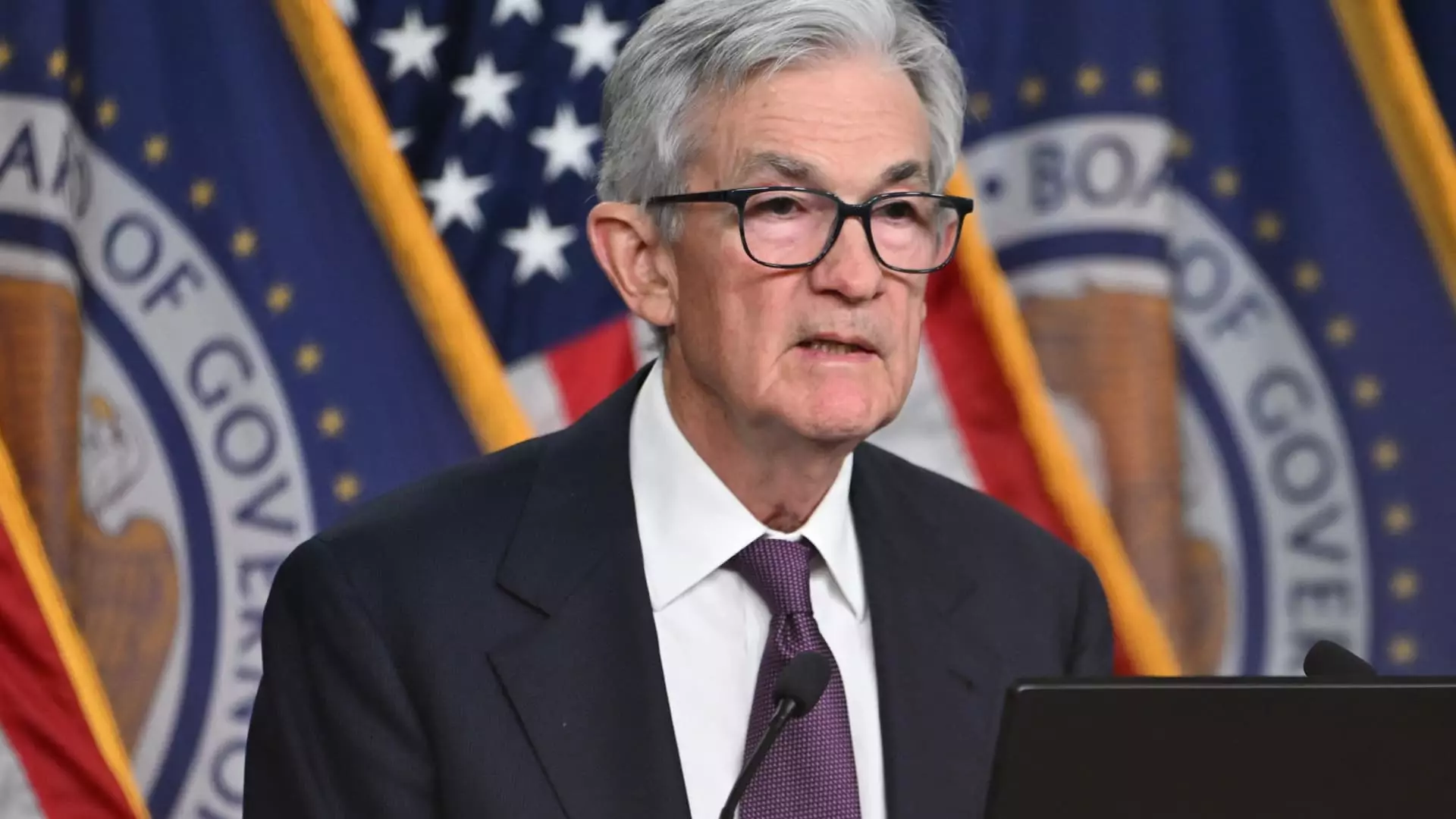The recent decision by the Federal Reserve to lower its key interest rate signifies a noteworthy shift in monetary policy amidst ongoing economic fluctuations. As the Federal Open Market Committee (FOMC) announced the cut of a quarter percentage point, marking the third consecutive reduction, it becomes imperative to dissect the broader implications of this move, particularly in terms of future economic conditions, market reactions, and inflationary pressures.
The Federal Reserve’s decision to adjust the overnight borrowing rate to a target range of 4.25% to 4.5% reflects not only the culmination of recent policy adjustments but also the prevailing economic landscape. The reduction returns rates to their December 2022 levels, a period marked by previous rate hikes aimed at tackling rising inflation. Given the prevailing sentiment in financial markets, this move was largely anticipated, underscoring the Fed’s objective to recalibrate its approach in light of slowing inflationary trends and moderate economic growth.
The significance of the FOMC’s action extends beyond the immediate rate adjustment. What truly captures market attention is the Fed’s introspective guidance regarding future policy movements. The updated “dot plot,” which outlines individual committee members’ rate projections, suggests a cautious outlook with only two additional cuts anticipated by 2026. This tempered forecast indicates an ongoing commitment to counter inflation while being mindful of the broader economic climate.
Market Reactions to Fed’s Announcement
Markets reacted with notable volatility following the Fed’s announcement. The Dow Jones Industrial Average experienced a steep decline of over 1,100 points, while Treasury yields spiked sharply. Such movements denote a growing unease among investors regarding the Fed’s capacity to implement further cuts amid stubbornly high inflation and solid economic growth projections. In effect, futures pricing has adjusted downward against the backdrop of anticipated rate cuts in 2025, affecting overall market sentiment.
Moreover, the dissent expressed by two FOMC members further complicates the narrative. The divergent views within the committee underscore a lack of consensus on the best course of action, raising questions about the effectiveness of the current monetary policy direction. This dissent also highlights the Fed’s ongoing struggle to navigate the delicate balance required to stimulate growth without exacerbating inflation.
The interplay between inflation and economic growth remains a focal point of concern. Despite a projected GDP growth rate increase to 2.5% for the coming year, officials still expect a decline to 1.8% in the subsequent years. This context complicates the Fed’s position, as it seeks to cushion against potential economic downturns while managing inflation that remains above its 2% target.
Chair Jerome Powell articulated the necessity for careful evaluation of existing economic indicators, emphasizing that the central bank’s policy stance is now “significantly less restrictive.” This statement suggests a willingness to remain flexible as future economic challenges arise, particularly given the uncertainties characterizing fiscal policy shifts under the incoming administration.
The trajectory of the Fed’s monetary policy will continue to be influenced by ongoing evaluations of the economic outlook. With predictions of an unemployment rate stabilizing at around 4.2%, coupled with persistent inflationary pressures, the Fed must tread carefully in implementing further cuts. The divergence between market expectations and central bank policy intentions may also lead to ongoing volatility in the financial landscape, complicating the Fed’s efforts to assist economic recovery.
In the backdrop of shifting fiscal policies, particularly with looming changes anticipated under the Trump administration, Powell’s cautious optimism remains a salient aspect of the Fed’s communication strategy. The Fed’s approach moving forward will necessitate a delicate calibration, assessing both external economic influences and internal consistency in monetary policy.
The Federal Reserve’s recent decision to lower interest rates serves as a critical juncture in monetary policy, eliciting a wide array of market reactions and considerations. Navigating through complex economic conditions characterized by stubborn inflation, modest growth, and market skepticism will require the prudence and adaptability of the Fed. As the landscape continues to evolve, stakeholders must remain attentive to the interconnections between fiscal policy, market sentiment, and the Federal Reserve’s forthcoming strategies. The balancing act of stimulating the economy while keeping inflation in check will undoubtedly remain a pivotal challenge for policymakers in the years to come.

